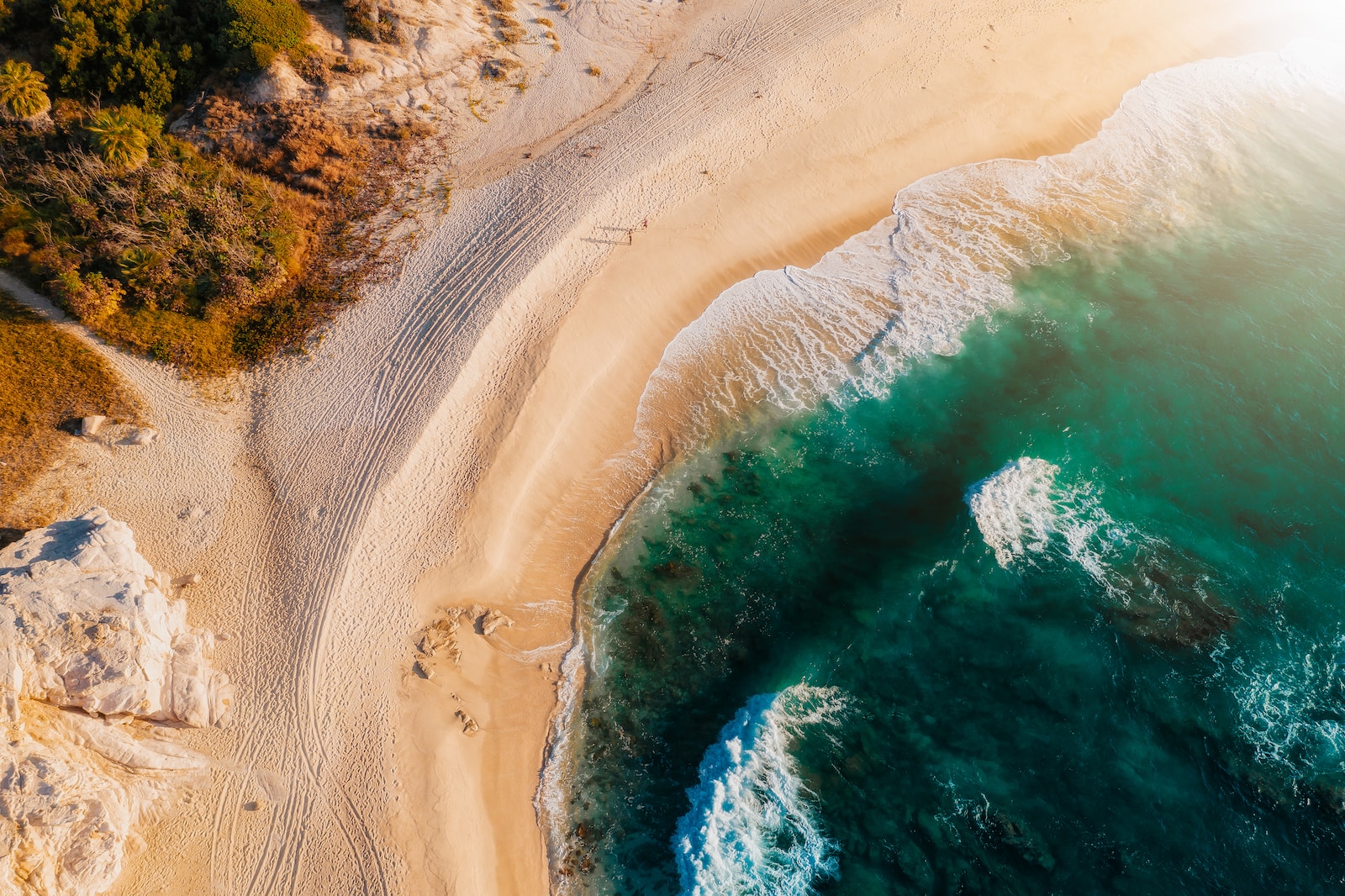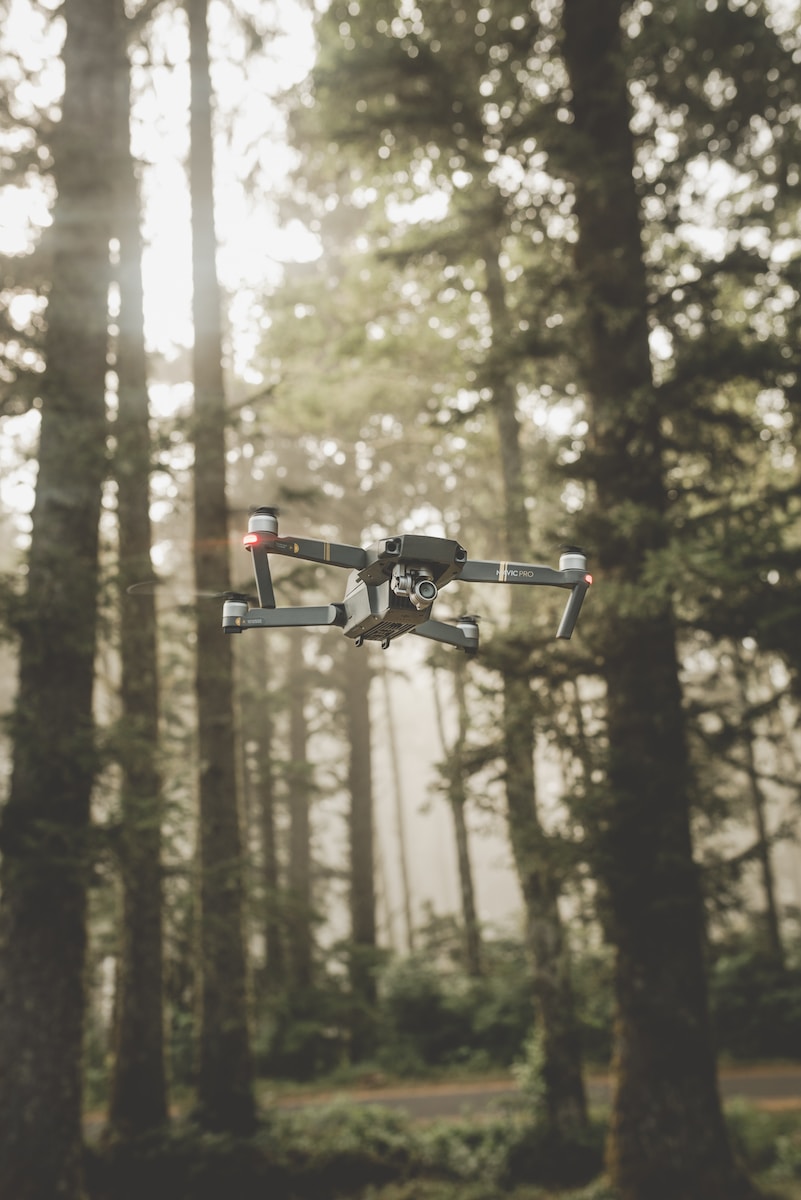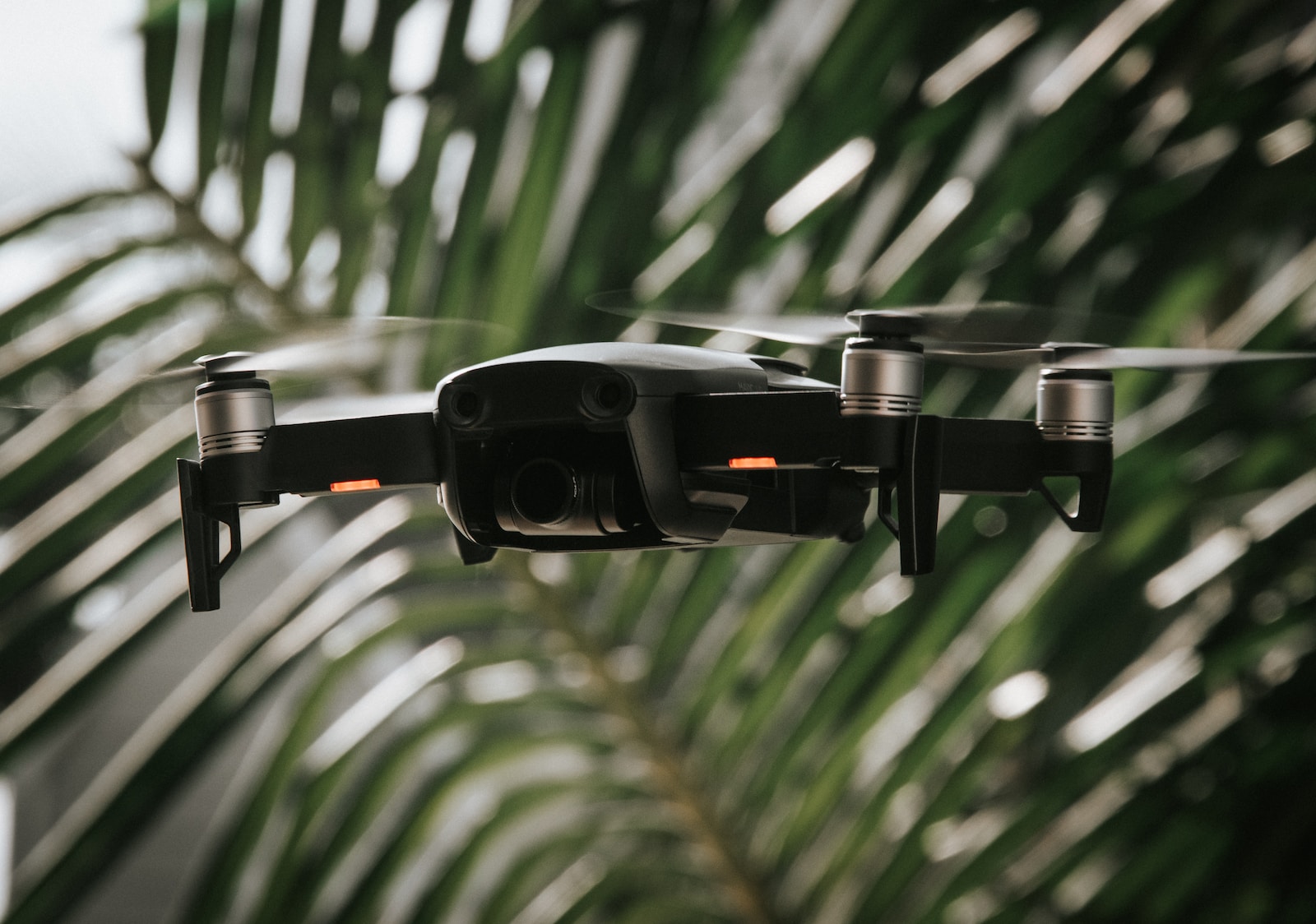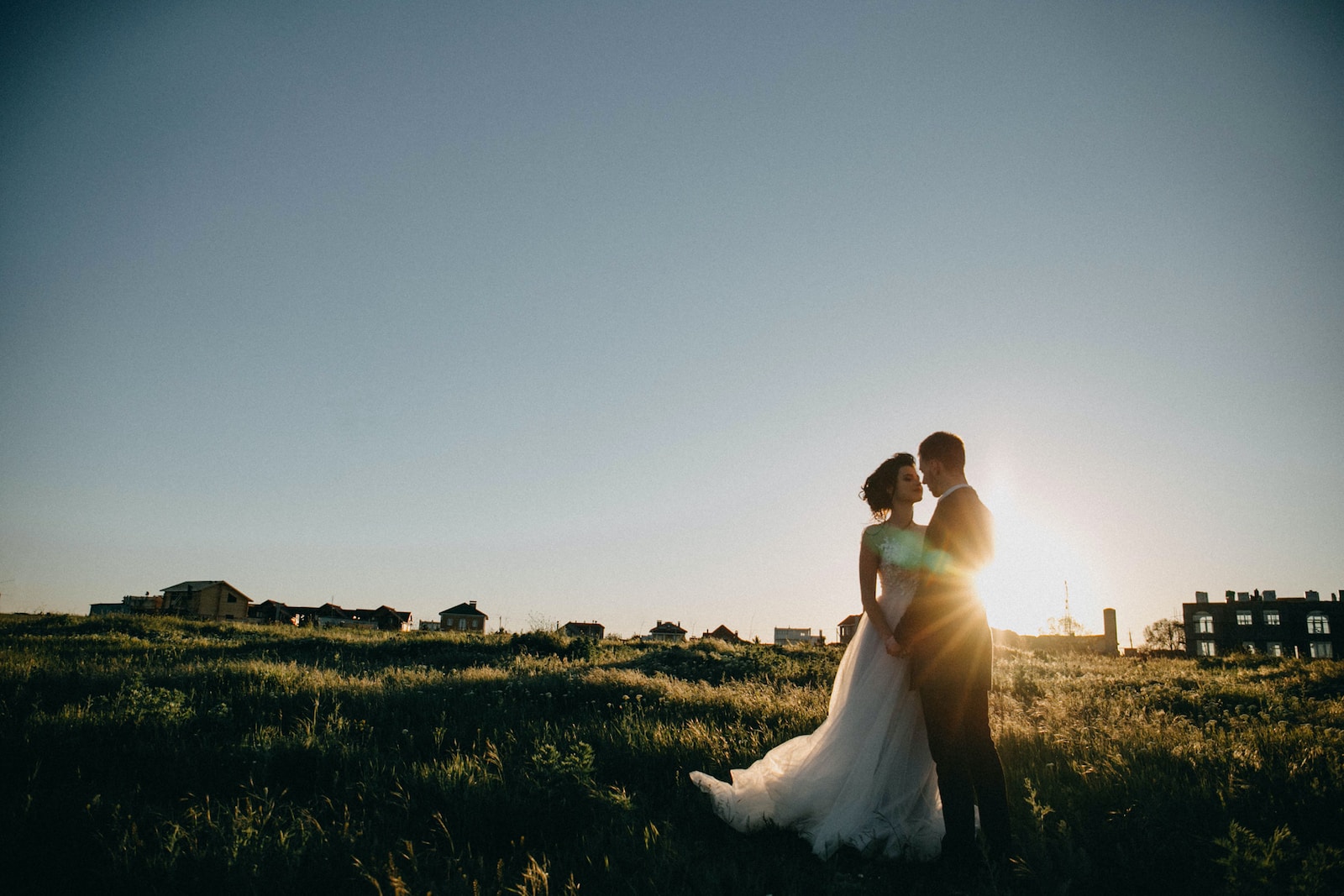Imagine soaring above the world, capturing breathtaking views from a whole new perspective. Welcome to Sky High: A Stone’s Throw into Aerial Photography. In this ultimate guide, we will uncover the secrets behind mastering the art of aerial photography. Through the lens of our cameras, we will explore the highest peaks, the grandest landscapes, and the most mesmerizing landmarks. Get ready to elevate your photography skills to new heights as we dive into the techniques, equipment, and breathtaking locations that will take your photos to the next level.
Table of Contents
- The Main Subject: Capturing the Beauty of the Sky
- Capturing Aerial Beauty: The Essential Camera Equipment
- Discover the Best Vantage Points for Capturing Aerial Photography
- Frequently Asked Questions
- What is aerial photography?
- What are the benefits of aerial photography?
- What equipment do I need for aerial photography?
- What are some popular aerial photography techniques?
- What are the legal considerations for aerial photography?
- How can I edit my aerial photos for the best results?
- Where can I find inspiration for aerial photography?
- How can I improve my aerial photography skills?
- Are there any safety precautions I should take when capturing aerial photos?
- Wrap Up
The Main Subject: Capturing the Beauty of the Sky
The sky, a vast expanse of wonder and endless possibilities, is a treasure trove for aerial photographers. With the right techniques and equipment, you can capture breathtaking images that will leave viewers in awe. So, let’s explore the fascinating features of the sky that make it a perfect subject for aerial photography.
1. Ever-Changing Colors
One of the most captivating aspects of the sky is its ever-changing colors. From vibrant sunrises to fiery sunsets, the shifting hues of the sky create a mesmerizing backdrop for your photographs. To make your images pop, consider using the golden hour, the period shortly after sunrise or before sunset when the light is soft and warm. This magical time of the day can add a touch of enchantment to your aerial photos.
Moreover, experiment with different gradient filters to enhance the colors and bring out the subtle nuances of the sky. By combining the right timing and techniques, you can create images that are both dreamy and dramatic.
2. Dynamic Cloud Formations
The clouds, with their ever-changing shapes and patterns, are nature’s own brushstrokes across the sky canvas. They add a sense of depth and drama to your aerial photographs. When photographing clouds, try various angles and perspectives to capture their unique textures and formations.
Additionally, consider using a polarizing filter to make the clouds stand out more prominently against the blue sky. This filter can help reduce reflections and intensify the contrast between the clouds and the sky, resulting in striking and dynamic images.
Don’t shy away from experimenting with long exposure techniques either. By using a longer shutter speed, you can create a sense of movement in the clouds, adding a touch of dynamism and energy to your photos.
For a truly captivating shot, keep an eye out for atmospheric phenomena such as rainbows or lenticular clouds. These rare occurrences can elevate your aerial photography to a whole new level.
3. Variations in Landscape
While the sky itself is a magnificent subject, the way it interacts with the Earth’s surface can also lead to extraordinary photographic opportunities. The aerial perspective offers a unique vantage point to capture stunning landscapes from above.
Look for diverse terrains, such as mountains, deserts, or forests, as they can greatly enrich your aerial photographs. The juxtaposition of the sky and the land creates a visually striking contrast that will draw viewers’ attention.
Experiment with different compositions and angles to emphasize the scale and patterns present in the landscape. Leading lines, such as rivers or roads, can guide the viewer’s eye through the frame, adding depth and visual interest to your images.
Remember to pay attention to the weather conditions as well. Weather patterns, including storms or fog, can add a sense of drama and mystery to your aerial photography, making it truly captivating.
Aerial photography gives you a unique opportunity to capture the beauty and grandeur of the sky. By utilizing techniques that highlight the ever-changing colors, dynamic cloud formations, and variations in landscapes, you can create awe-inspiring images that transport viewers to new heights.
Did you know that the first aerial photograph was taken way back in 1858 by Gaspard-Félix Tournachon? It was a black and white image of Paris, captured from a hot air balloon. This groundbreaking moment set the stage for the incredible world of aerial photography we know today.
Capturing Aerial Beauty: The Essential Camera Equipment
When it comes to aerial photography, having the right camera equipment is crucial in capturing those awe-inspiring shots from above. Whether you’re a professional photographer or an enthusiastic hobbyist, here are some essential tools you’ll need to elevate your aerial photography game:
The Camera: A Window to the Sky
Your camera is the heart and soul of your aerial photography gear. When selecting a camera, keep in mind that you’ll want one with high-resolution capabilities to ensure your images are crisp and detailed. Look for cameras with at least 20 megapixels, as this will allow you to capture stunning aerial compositions.
In addition to resolution, consider the camera’s dynamic range. A high dynamic range (HDR) camera will enable you to capture both the bright highlights and the darkest shadows of your aerial subjects, resulting in visually striking photos.
Another important factor to consider is burst mode. Aerial photography often involves unpredictable subjects or fast-moving objects, so having a camera with a high-speed burst shooting mode will increase your chances of capturing the perfect shot.
The Lens: Zooming in on the Details
Choosing the right lens is equally important in aerial photography. A wide-angle lens, such as a 16-35mm or 24-70mm, is an excellent choice for capturing sweeping landscapes and vast aerial views. These lenses allow you to encompass a large field of view, providing breathtaking shots of the scenery below.
If you want to focus on capturing intricate details from the skies, a telephoto lens will be your best friend. A lens with a focal length of 70-200mm or more will allow you to zoom in on specific subjects, making it perfect for wildlife photography or architectural aerial shots. The telephoto lens will bring distant subjects closer, enhancing the level of detail in your photos.
For those seeking to take their aerial photography to the next level, consider investing in a drone with interchangeable lenses. This opens up a world of possibilities, enabling you to switch between different focal lengths depending on your desired shot.
Keep in mind that the specific equipment you choose ultimately depends on the type of aerial photography you wish to pursue. Different subjects and shooting conditions may require different tools, so do thorough research and experiment to find the perfect combination that suits your artistic vision.

Discover the Best Vantage Points for Capturing Aerial Photography
When it comes to capturing awe-inspiring aerial photos, choosing the right time and vantage points can make a significant difference in the outcome of your shots. In this section, we will explore the various factors to consider in order to elevate your aerial photography game and create stunning images that leave viewers breathless.
The Best Time of Year to Take Aerial Photos
Timing is crucial in aerial photography, as different seasons offer unique opportunities and challenges. While aerial photography can be magical year-round, certain times of the year can provide enhanced colors, lighting, and atmospheric conditions.
During the spring, vibrant blossoms and blossoming fields can add a burst of color to your aerial shots, creating a stunning visual spectacle. The warm and clear days of summer offer extended daylight hours, allowing for more flexibility and longer shooting sessions. Fall, with its changing foliage, offers a rich tapestry of colors that can add depth and drama to your images. Finally, winter provides a different perspective, with snowy landscapes and frozen lakes offering a unique and ethereal quality to your photographs.
Finding the Perfect Vantage Points and Positions
When it comes to aerial photography, the right vantage point can make all the difference. Here are a few suggestions to help you find the perfect position:
1. Helicopter Tours: Consider booking a helicopter tour specifically designed for photography enthusiasts. These tours offer unique access to breathtaking views and allow you to capture stunning aerial shots from a safe and stable platform. From bustling cities to majestic natural landscapes, helicopter tours provide endless opportunities.
2. Hot Air Balloons: For a more serene and intimate experience, hot air balloon rides provide a slower pace, allowing you to carefully frame and compose your shots. Floating above the earth, you can capture sweeping panoramic views and create images with a sense of tranquility and adventure.
3. Drones: With the rise in popularity of drones, aerial photography has become more accessible. Drones offer incredible creative freedom, allowing you to explore different angles, heights, and perspectives. However, it’s essential to familiarize yourself with local regulations and guidelines to ensure safe and responsible drone usage.
Each option offers its unique advantages, and the best choice depends on your preferences, budget, and desired style of photography. Whether you opt for the thrilling experience of a helicopter tour, the serene floating of a hot air balloon, or the creative possibilities of a drone, the possibilities for capturing breathtaking aerial photos are endless.
Remember, the key to exceptional aerial photography lies not only in finding the right time and vantage points but also in mastering composition, lighting, and camera techniques. Stay tuned for our upcoming blog posts, where we delve into these essential topics with actionable tips and tricks for taking your aerial photography to new heights!
One helpful tip for capturing stunning aerial photos is to invest in a camera with a high-resolution sensor. This allows you to capture intricate details and crystal-clear images from great heights. Look for cameras with at least 20 megapixels or higher to ensure your aerial photos are of the highest quality.
Frequently Asked Questions
What is aerial photography?
Aerial photography is the art of capturing photographs from an elevated position, typically taken from an aircraft, drone, or other aerial devices.
What are the benefits of aerial photography?
Aerial photography offers a unique perspective and provides the ability to capture stunning landscapes, real estate properties, events, and more. It can reveal patterns, details, and overall scale that cannot be seen from the ground.
What equipment do I need for aerial photography?
To capture aerial photos, you will need a camera (preferably with manual settings), a reliable aerial device (such as a drone or helicopter), and stabilizing equipment to ensure sharp and steady images. Additionally, a remote controller or smartphone app may be required to control the aerial device.
What are some popular aerial photography techniques?
There are various techniques to enhance your aerial photography skills, including:
- Using the rule of thirds to compose your shots
- Experimenting with different altitudes and angles
- Utilizing leading lines to create depth and guide the viewer’s eyes
- Using bracketing to capture a wider dynamic range
- Adjusting exposure and white balance settings for optimal results
What are the legal considerations for aerial photography?
It is essential to familiarize yourself with the legal regulations regarding aerial photography in your area. This may include obtaining permits, respecting privacy rights, and following any restrictions on flight zones or altitude limits. Always prioritize safety and adhere to the guidelines set by local authorities and aviation agencies.
How can I edit my aerial photos for the best results?
Edit your aerial photos using photo editing software to enhance colors, sharpness, and remove any unwanted elements. Experiment with different editing techniques, such as adjusting levels, applying filters, and cropping, to achieve the desired aesthetic for your aerial photographs.
Where can I find inspiration for aerial photography?
There are numerous sources of inspiration for aerial photography, including:
- Browsing through online galleries and social media platforms dedicated to aerial photography
- Exploring geographical maps and satellite imagery
- Studying the works of renowned aerial photographers
- Visiting scenic locations and exploring unique perspectives
How can I improve my aerial photography skills?
Continuously learning and practicing is essential to improve your aerial photography skills. Some tips to enhance your skills include:
- Study the basics of photography and understand camera settings
- Experiment with different compositions and angles
- Learn about the weather and lighting conditions that work best for aerial photography
- Participate in workshops or join photography communities for feedback and guidance
- Always analyze and learn from your own photos to identify areas of improvement
Are there any safety precautions I should take when capturing aerial photos?
Absolutely! Here are some essential safety precautions to follow:
- Check your equipment and ensure it is in proper working condition before every flight
- Follow the instructions provided by the manufacturer for your aerial device
- Stay aware of your surroundings and avoid flying near restricted areas, power lines, or crowded spaces
- Monitor weather conditions and avoid flying in adverse or unsafe conditions
- Respect privacy and obtain necessary permissions when photographing private property or individuals
Wrap Up
Now that you’ve learned the ins and outs of aerial photography, it’s time to take your skills to new heights. With the right techniques and the perfect camera, you can capture breathtaking photos from the sky. Remember to experiment, embrace creativity, and never stop seeking new perspectives.
Do you have any aerial photography tips or experiences to share? We’d love to hear from you! Leave a comment below and let’s start a conversation. Don’t forget to share this guide with your fellow photography enthusiasts. Happy shooting!



